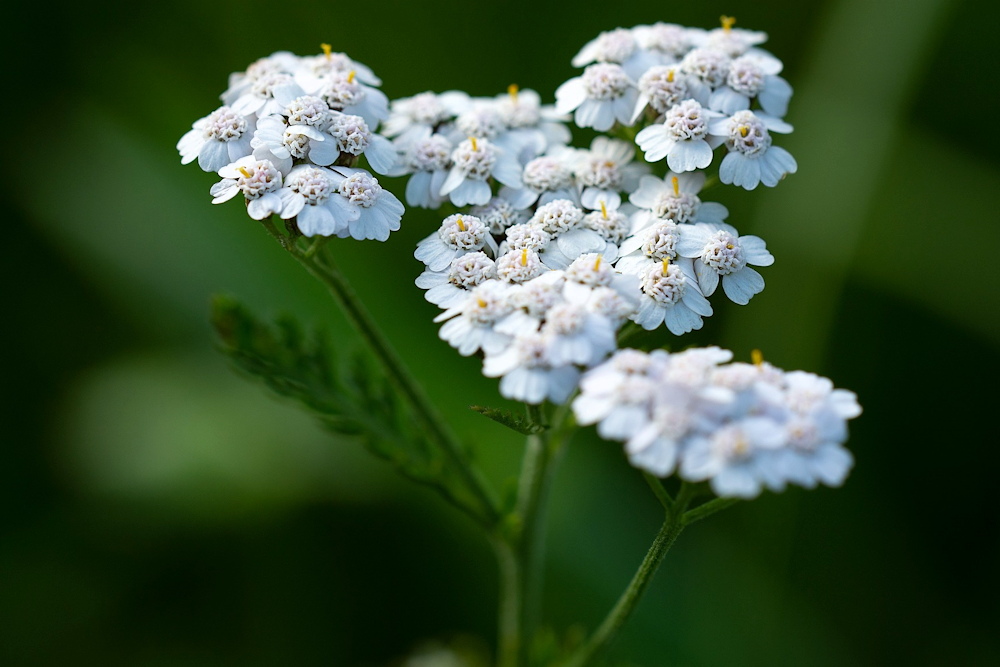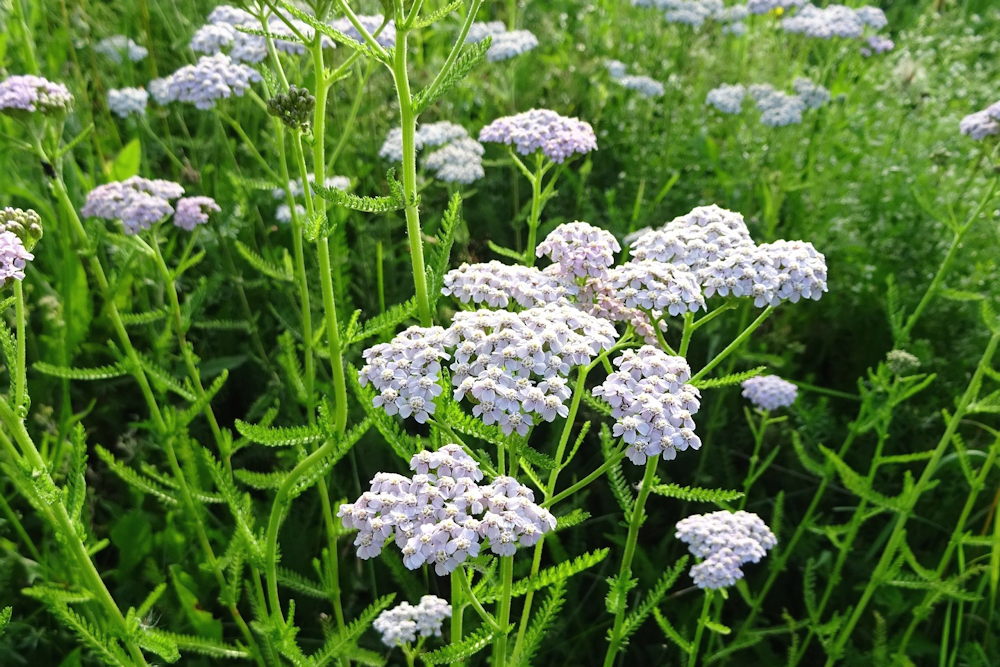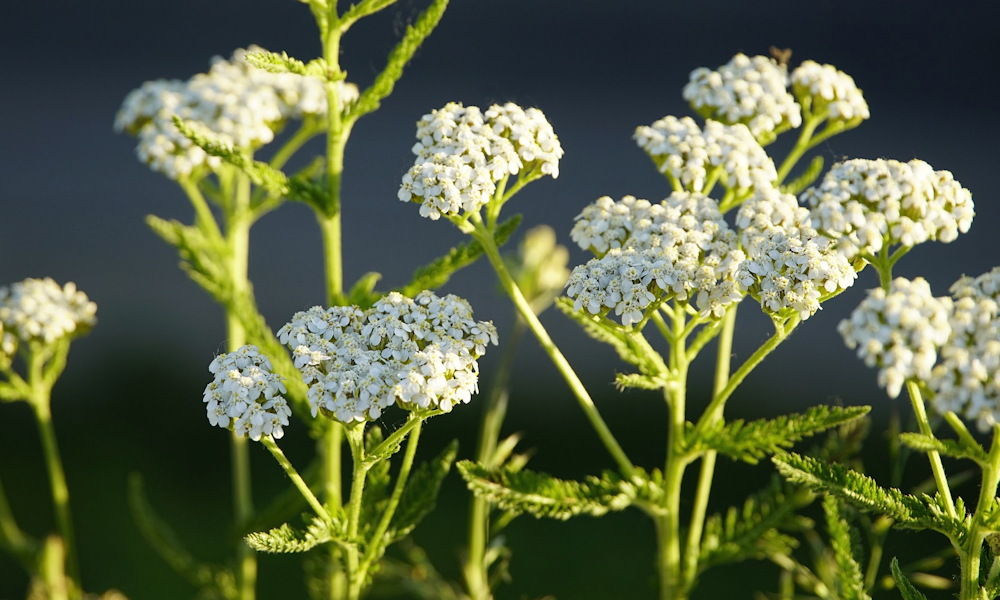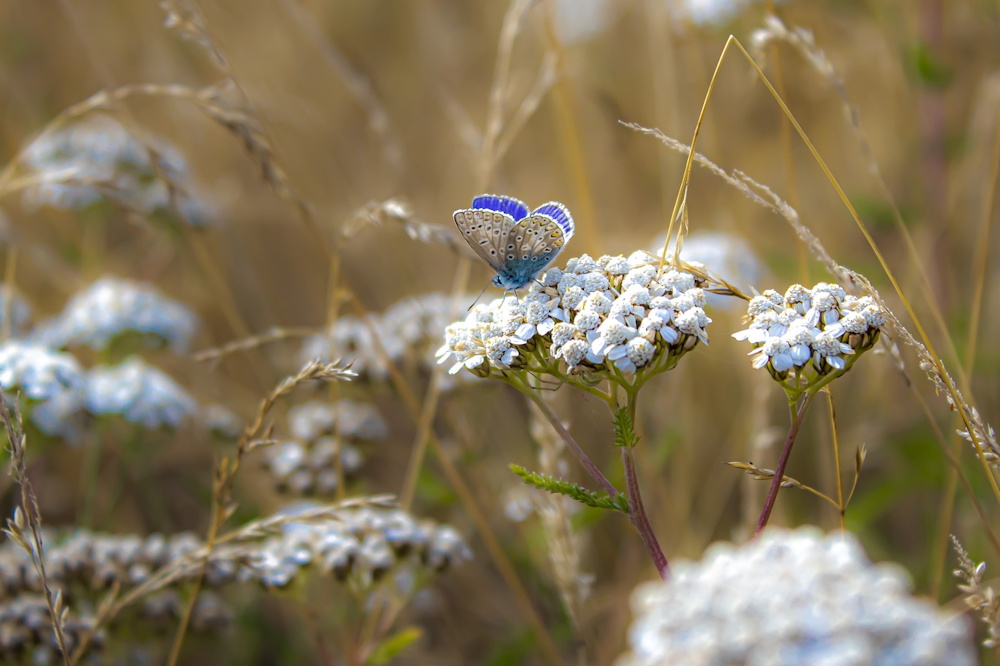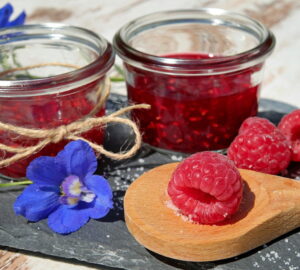Common yarrow (Achillea millefolium) may appear as a weed in your garden, but it is a valuable medicinal plant with a rich history of therapeutic use. This article explores the origins, medicinal properties and various applications of this remarkable herb, including a recipe for yarrow tea.
Unveiling the Origins: The Ancient Herb of Healing
Achillea millefolium, commonly known as common yarrow, is native to Europe and Asia but has become naturalized in many parts of North America. With origins steeped in ancient traditions, it has been a staple in folk medicine across various cultures. Its name “Achillea” is derived from that of the Greek hero Achilles, who, according to legend, used the plant to heal the wounds of his soldiers during the Trojan War.
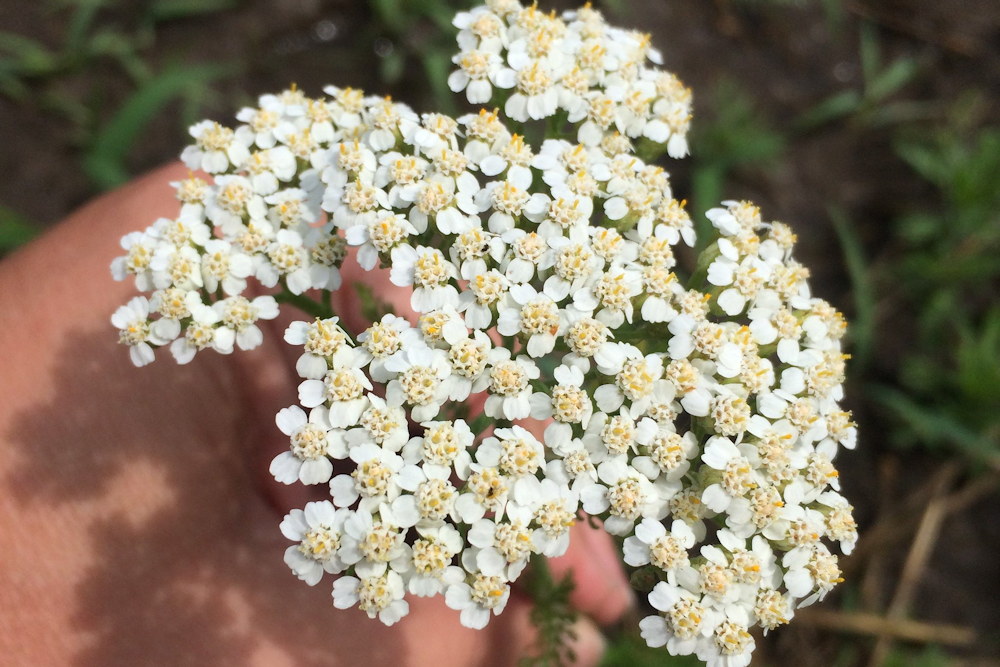
A Closer Look: The Delicate Appearance
Common yarrow is a hardy perennial plant with finely divided, fern-like leaves and clusters of small, white or pink flowers that form flat-topped umbels. It often reaches a height of 1 to 3 feet (30-90 cm), and its feathery foliage gives it an elegant appearance. Its appearance might deceive one into thinking it’s a mere decorative element, but this unassuming plant harbors a myriad of health benefits. In addition to its delicate appearance, common yarrow also boasts a pleasant, subtle aroma, making it a sensory delight in any garden.
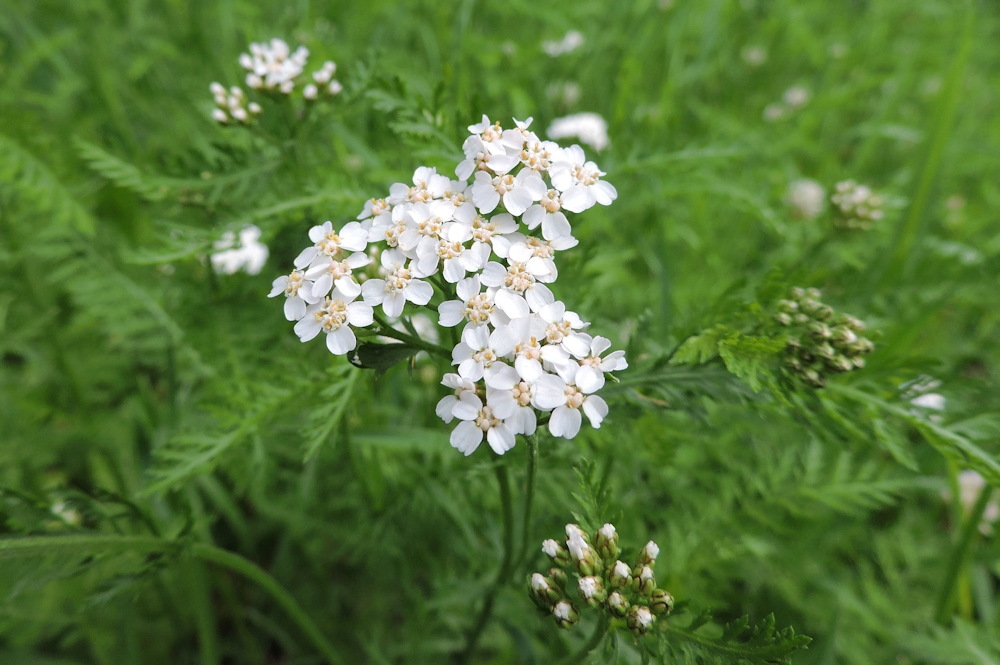
Harnessing Nature’s Pharmacy: Common Yarrow’s Medicinal Marvels
Common yarrow is no ordinary garden inhabitant; it’s a potent medicinal plant. Renowned for its astringent, anti-inflammatory and antiseptic properties, this herb has been traditionally employed to address an array of health concerns.
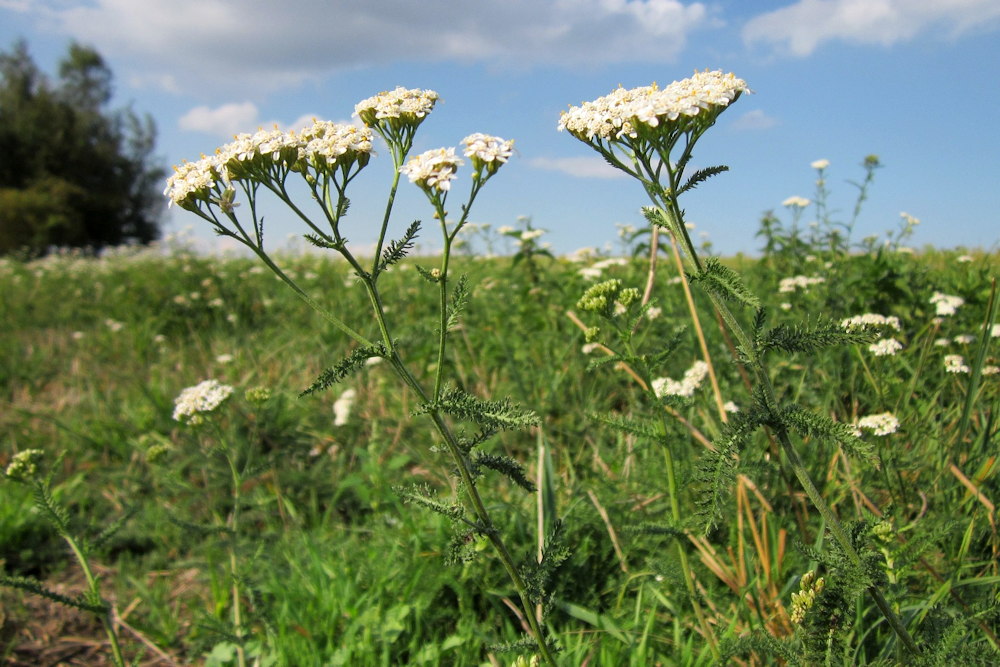
Common yarrow boasts a wide range of medicinal properties. It contains compounds like flavonoids, alkaloids and volatile oils, which contribute to its therapeutic effects. Internally, yarrow is known for its ability to alleviate digestive issues, reduce fever, stimulate circulation and even manage menstrual discomfort. Externally, its leaves and flowers can be used to create poultices, ointments and infusions to promote wound healing and soothe skin irritations, and as a remedy for skin conditions like eczema and acne.
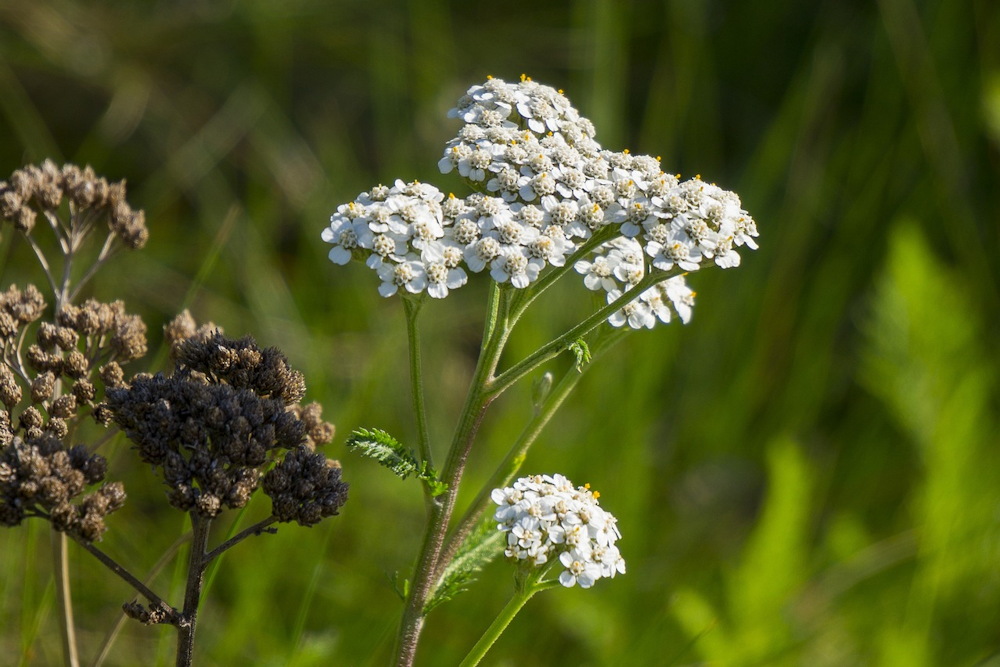
Sip the Wellness: Crafting Common Yarrow Tea
One of the simplest and most delightful ways to incorporate common yarrow into your wellness routine is by brewing a soothing tea. Here’s a recipe to get you started:
To make yarrow tea, you will need:
- 1-2 teaspoons of dried common yarrow flowers and leaves
- 1 cup of boiling water
Instructions:
- Place the dried common yarrow in a teapot or tea infuser.
- Pour the boiling water over the yarrow.
- Cover and let it steep for 5-10 minutes.
- Strain and enjoy the fragrant and healing common yarrow tea. You can sweeten it with honey or lemon if desired.

Beyond the Teacup: Versatility of Common Yarrow
Beyond tea, common yarrow has various practical applications. It can be used as a natural insect repellent in your garden, as a companion plant to improve soil quality, and even in cosmetic products for its skin-soothing properties. It can be transformed into tinctures, salves and essential oils, expanding its role in natural remedies for various skin conditions, colds and respiratory discomfort.
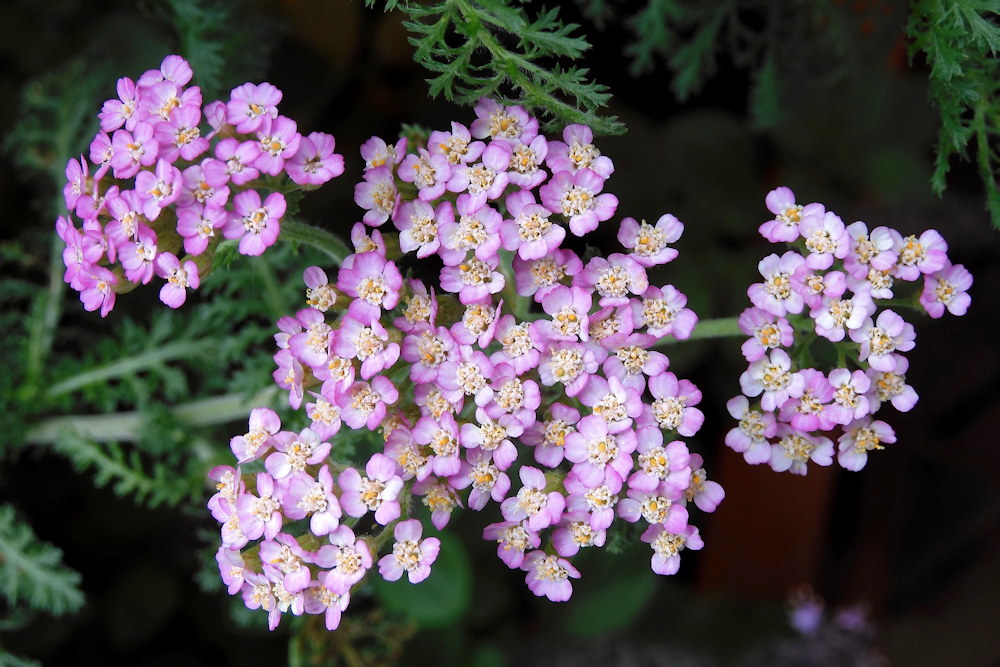
Exploring Nature’s Treasures: Intriguing Tidbits about Common Yarrow
- Use in Traditional Medicine: Yarrow has a long history of use in traditional medicine, dating back to ancient Greece and China.
- Native American Wisdom: Native American tribes used yarrow for various medicinal purposes and called it “nosebleed plant” due to its ability to stop nosebleeds and other types of bleeding.
- Ecological Ally: It acts as a natural insect repellent, making it a beneficial companion plant in gardens.
- Culinary Twist: Beyond medicine, its young leaves add a subtle bitterness to salads and soups.
- Balancing Menstrual Cycles: Yarrow is a favorite among herbalists for its ability to balance menstrual cycles and ease menstrual cramps.
- Attracting Beneficial Insects: The plant’s white flowers often attract beneficial insects like ladybugs and parasitic wasps, making it an excellent addition to organic gardens.
- Vibrant Varieties: Although common yarrow is often seen in white or pink, its ornamental garden varieties can display vibrant shades of yellow and red as part of its genetic diversity. These different colors can make it a visually appealing addition to gardens and landscapes.
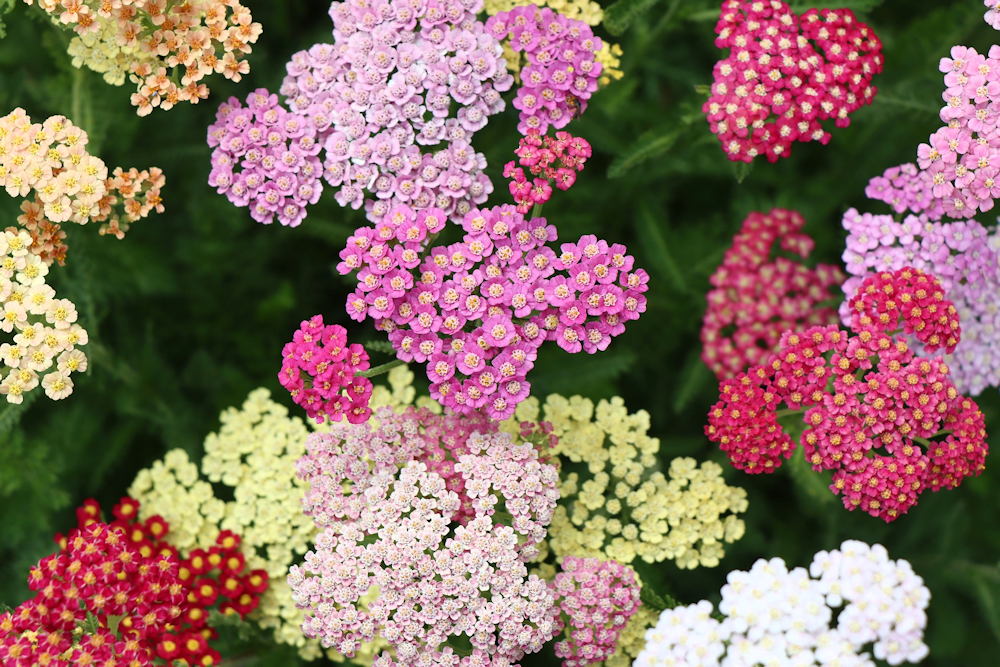
In Conclusion: Embrace the Beneficial Botanical
Common yarrow, often mistaken for a weed, is a versatile and valuable medicinal plant that offers numerous health benefits. From soothing teas to wound care and insect repellent, this unassuming herb deserves a place of honor in your garden. Embrace common yarrow for its rich history, practicality and potent healing properties. It offers a bridge to the past, connecting us to centuries of herbal wisdom, while also providing an array of natural remedies and the simple pleasure of a soothing cup of yarrow tea.
